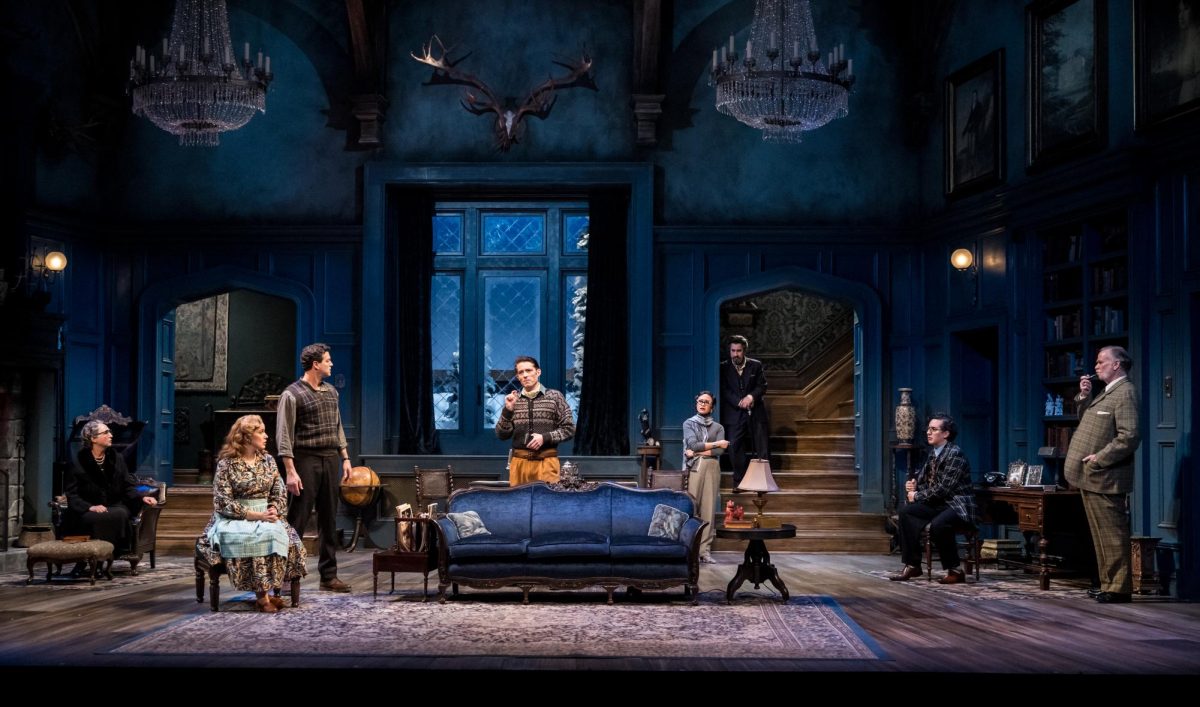The room was quiet, except for the intermittent chatter of passing art students. Despite the silence and the passage of almost 300 years, it’s easy to imagine the room as it must have been when it was built in the early 18th century. The plaster of Paris wig powder practically hangs in the air.
“The Grand Salon from the Hotel Gaillard de La Bouexiere,” the newest period room at the Minneapolis Institute of Arts, was installed around 1735 in the home of Jean Gaillard de La Bouexiere, a prominent and wealthy tax collector for Louis XV.
France witnessed an explosion of art and power in the late 17th and early 18th centuries. Nobles built enormous private residences around the royal palace in Paris in hopes of gaining wealth and prestige. Gaillard de La Bouexiere was one of these nobles.
Salons such as this were designed for refined activities such as card parties, literary discussions and music. The sumptuous designs and intricate details of the salon, from the red patterned silk curtains to the gold-painted doors, give a sense of importance and culture.
The salon is a half-oval with two entrances and three glass doors that probably led to other rooms in the home. A glass chandelier hangs from the center of the room, and there’s a gold starburst pattern on the ceiling around the chandelier.
Gilded designs are throughout the salon, and their value is historical as well as aesthetical. The influence of classical Greeks and Romans is evident in the carvings of gods and goddesses, from Apollo and his sister Diana to the muses of music and romantic poetry. Prints, porcelain and furniture depict the allure of India,
Japan and China. Numerous droll monkeys clad in human clothing hold musical instruments.
The room is strategically placed within the museum, leading to the section dedicated to 13th to 18th century European and American art.
A porcelain bust of Louis XV stands guard outside the salon, and a marble bust of a French artillery captain watches from the other side. A cabinet in the corner holds exquisite 18th century vases and dinner services, while a hallway leads to elaborately embroidered gilt chairs from the same period.
The salon changed hands many times after the death of the original owner until it was acquired by antique dealers. It was finally installed at the Minneapolis Institute of Arts on July 14, which was also Bastille Day – a French holiday.
The salon’s glamour has not diminished since the years it played host to French nobility. That attention to authenticity and history has made it possible to – if only briefly – go back in time.







